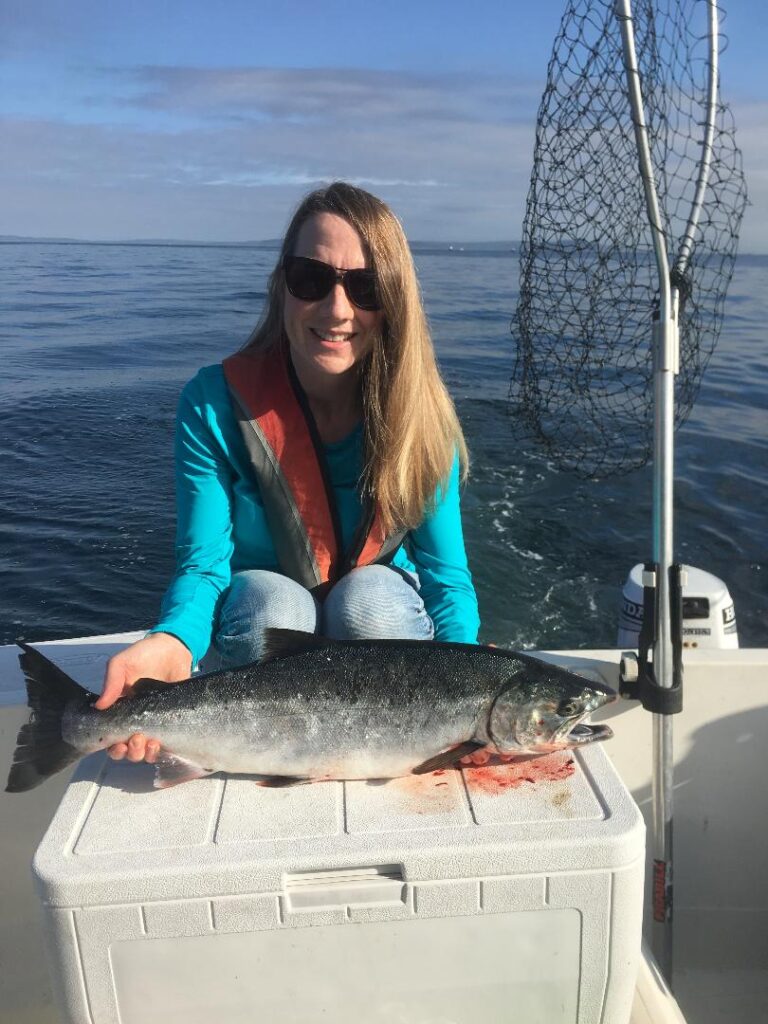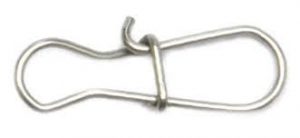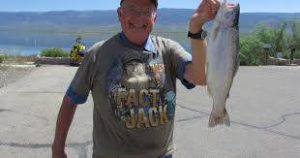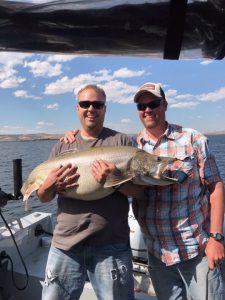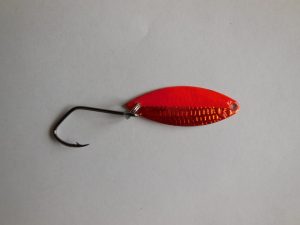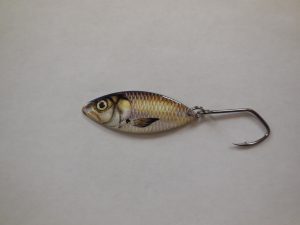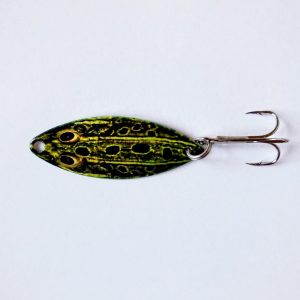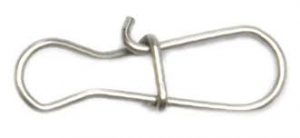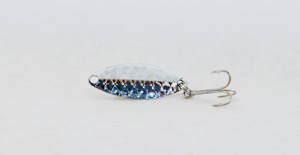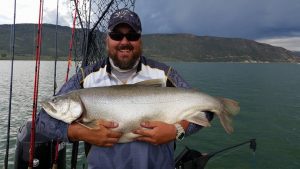We appreciate feedback from our customers and enjoy seeing the success fishermen and women all over the country are having with Flashy Fish Lures. Today we would like to take a look back at some of the best Facebook posts some of you shared with Captain Steve and his followers during 2021.
Hello Steve, just wanted to let you know that me and my family have absolutely loved your lures. They have caught all kinds of fish, from trout at East Canyon, to wipers, catfish and walleye at Willard bay. I am excited to get to Flaming Gorge and Strawberry to give them a go as well. I have just put in my third order as we keep trying different lures with great success. — Bart Schenck
I had a great weekend fishing with an awesome friend DonRay Limb, his wife Jennifer Smith Limb, a good friend Jeff, and my Captain in training Huck the Aussie. We landed plenty of Kokanee and a few decent size Lake trout 22.22 and 16.46 at flaming gorge. Thank you Steve Davis for your help and your lures, I am an after dinner mint fan for life. We went from great weather to some nasty “we gotta get out of here” weather. All in all it was a great weekend of hardcore fishing. — Dave Habets
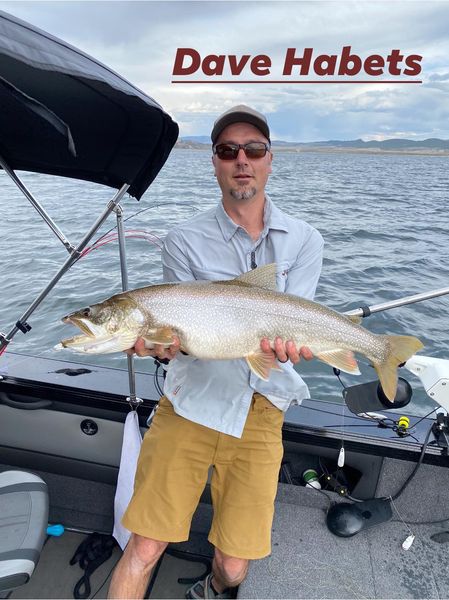
Hi Steve, Here are some pictures from last season. 75% of my chinook were caught on your After Dinner Mint or Super Mint Lures. They are special ! Thought you might enjoy this C Dory boat picture. All on Flashy Fish spoonsThanks, — Dave Pflug
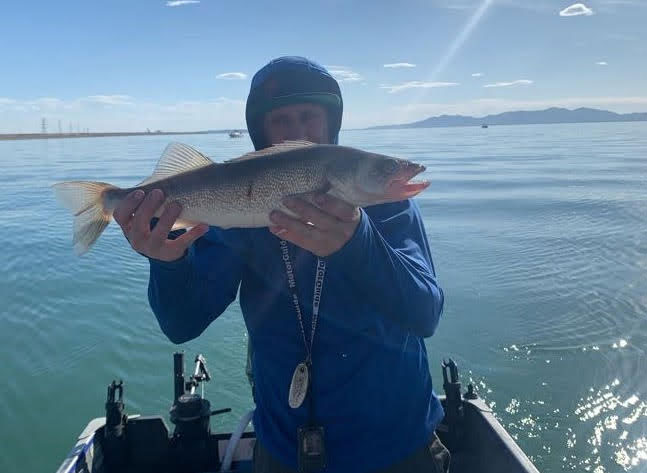
A great day fishing at the gorge thanks Steve for your great lures. — Kevin Horrocks
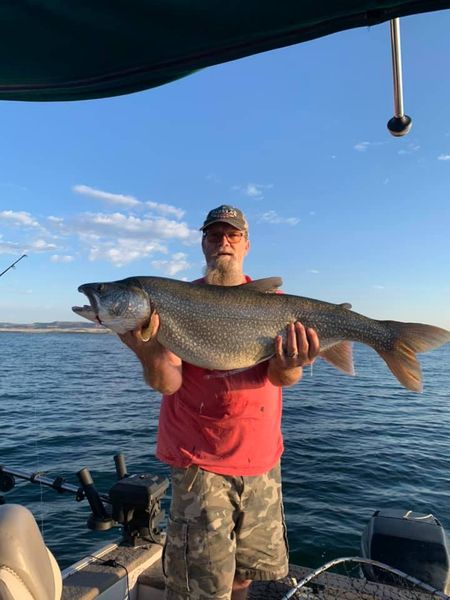
Hey Steve, we just wanted to give you a report from our most recent trip. The Mac Attack was on fire this week!! Jake Bateman caught his new PB a beautiful 30.14 pounder!! I caught a gorgeous 34.5 on the After Dinner Mint that hit and fought as hard as Ive ever felt a Laker pull, it ripped almost 400 ft of line off my reel after the strike! It was awesome! We also caught multiple doubles this trip and lots of fish in the 16-24lb class made for a great trip! For us the Mac Attack caught the most fish, followed by the After Dinner Mint and the Whitey Tighty. Like always thanks so much for the lures!! — Jared Pugh
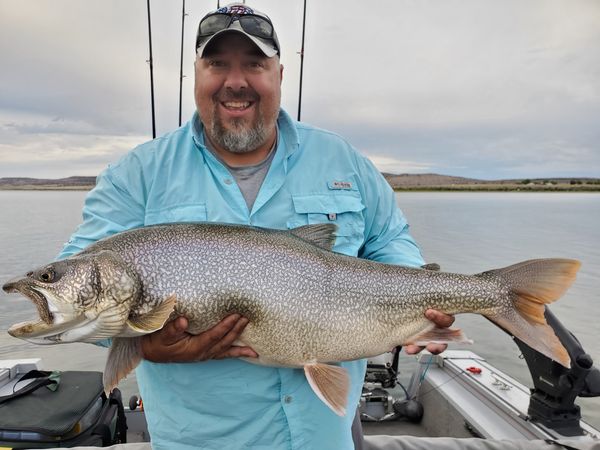
Hi Steve, Wanted to let you know that your lures have been working great “again” this summer. The Super Mint for Salmon UV caught the largest fish so far (14 pound and 9 pound Coho’s). Had several other large fish that had to be released since they were wild Coho’s and not able to keep in the areas they were caught in. Just started using the Razzel Dazzel this week. Caught 7 pound and 8 pound Coho’s within 30 minutes of putting my line out. That lure was used again that afternoon by my brother and his wife who joined us in the afternoon. They also caught some nice Coho’s.
The fish checker at the dock told me I would have won first place if I had entered and caught the 14 pound Coho at the Edmonds Coho Derby, as the 1st place fish was only 11.85 pounds. Your lures are the BEST!!!Thank You! — Nancy Winder
